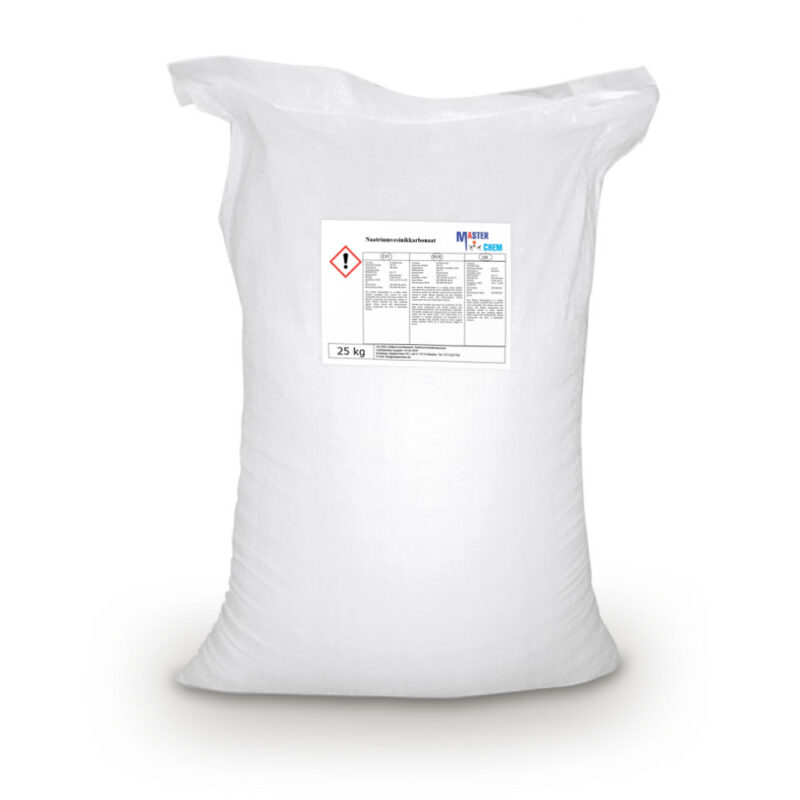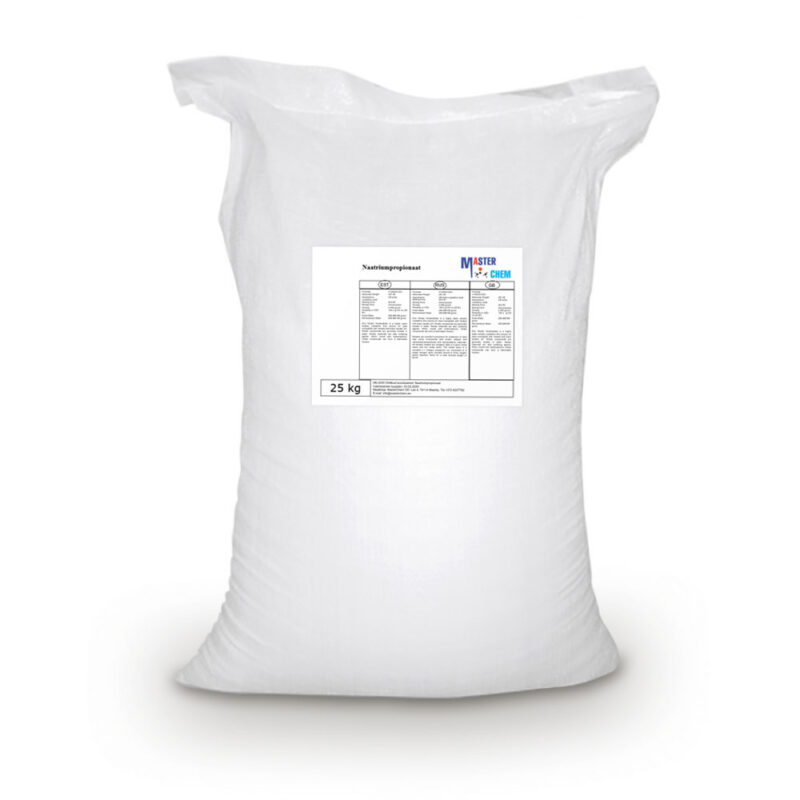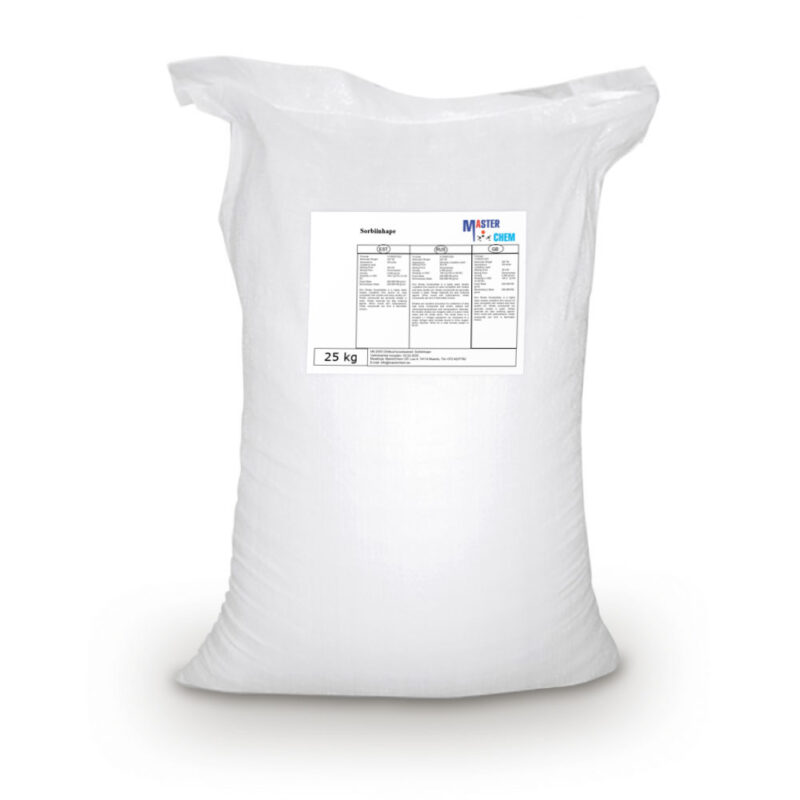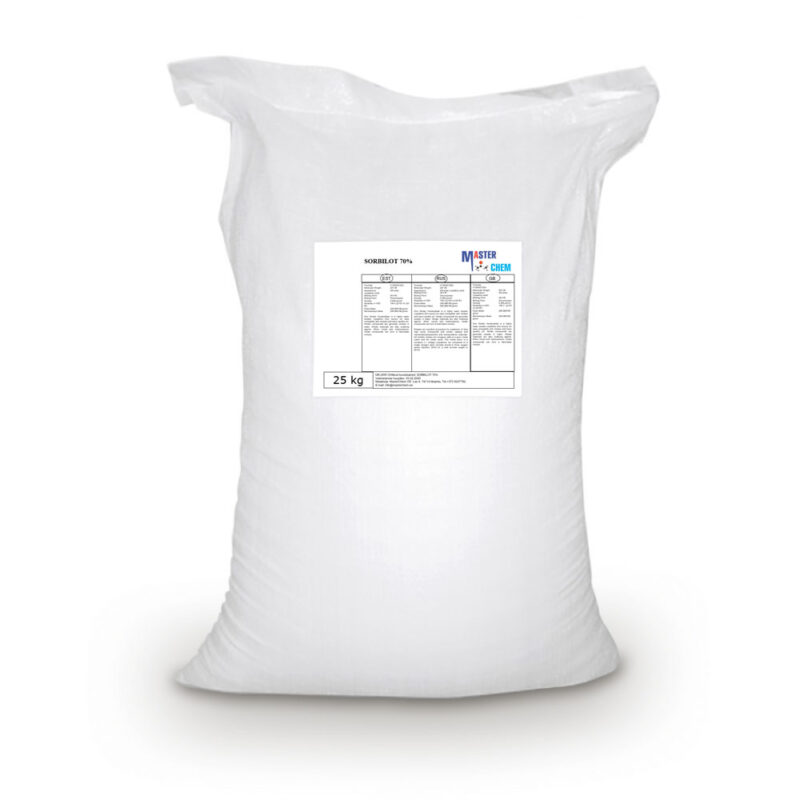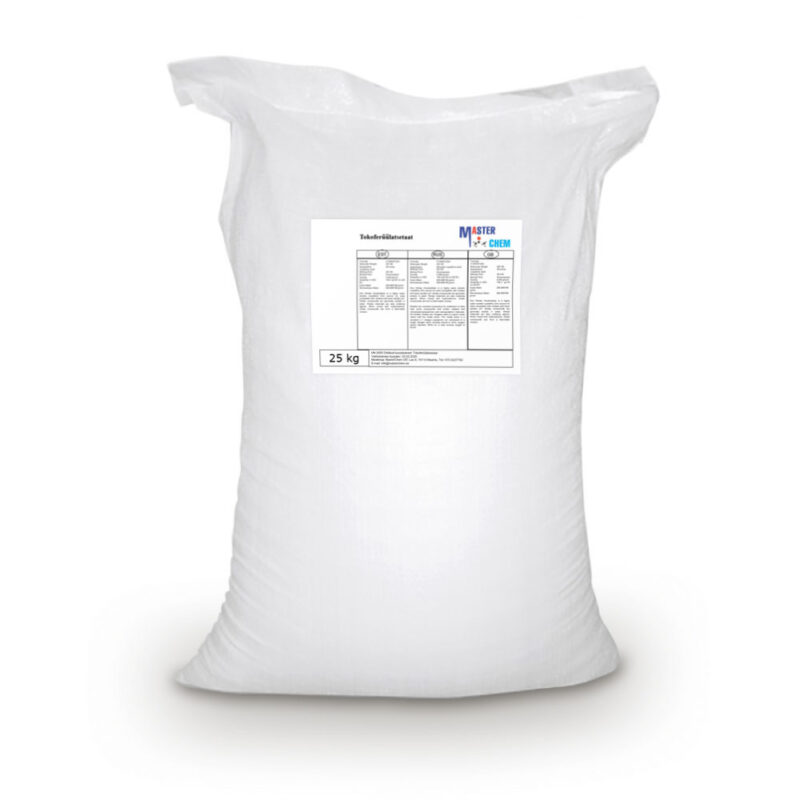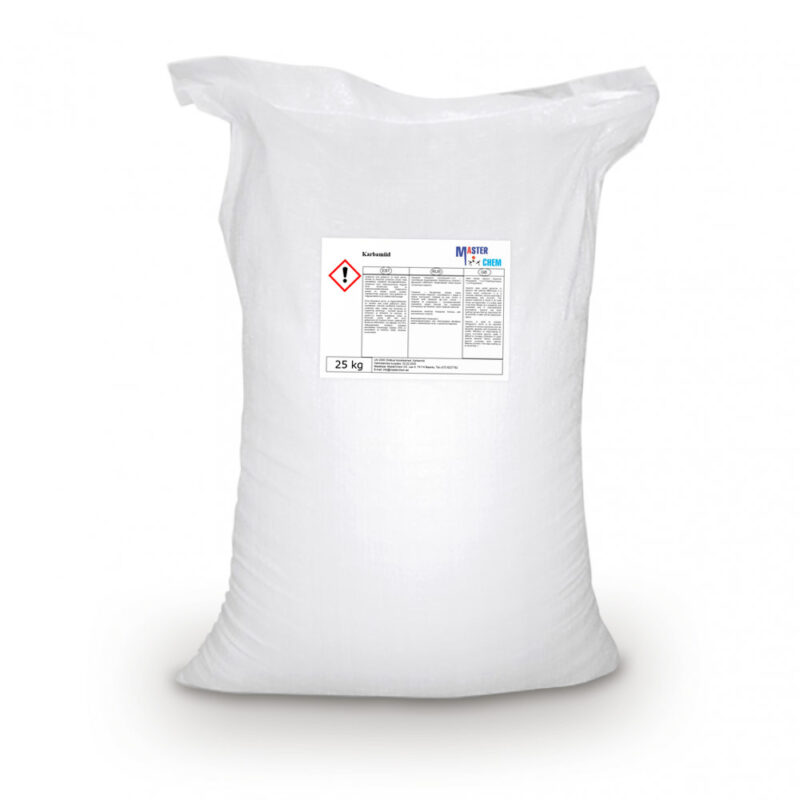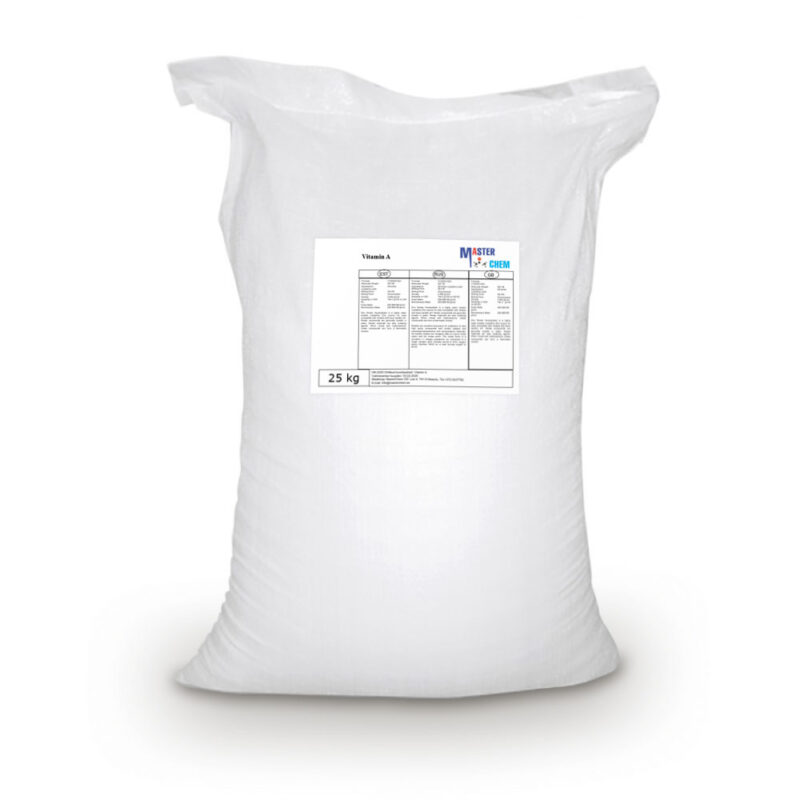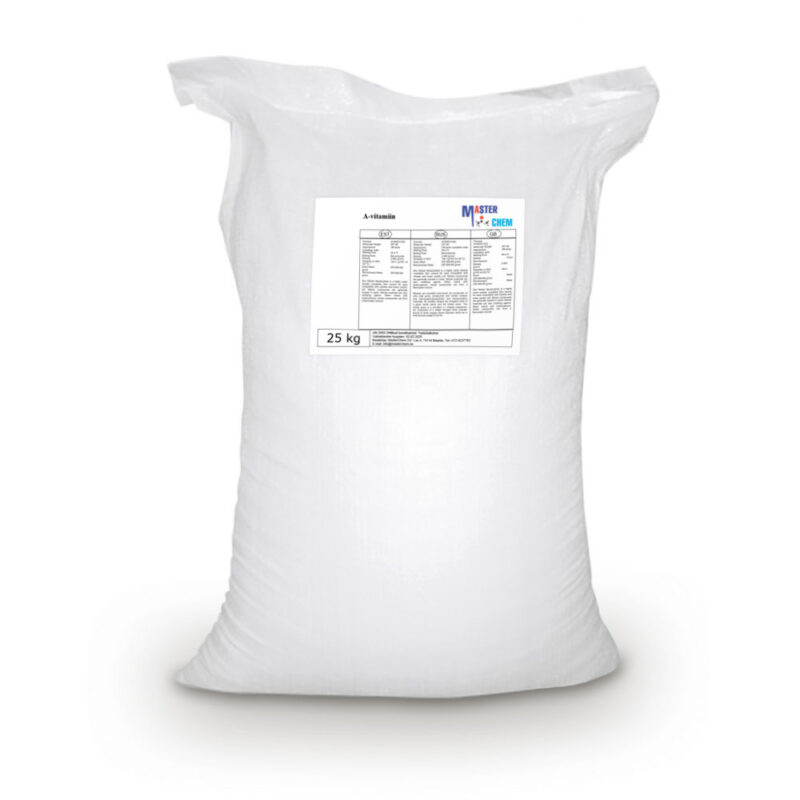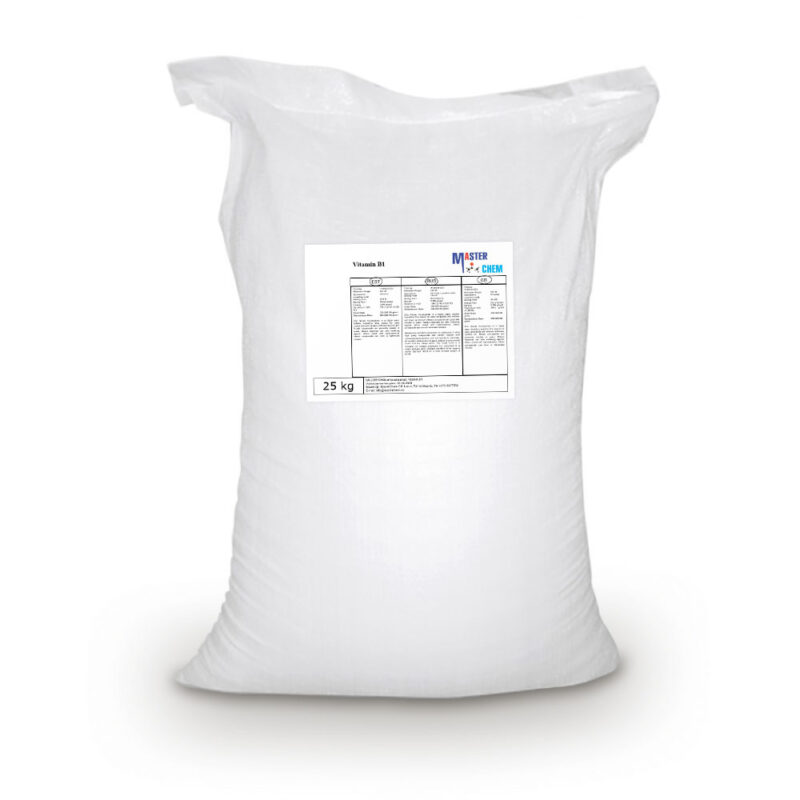Manganese chloride tetrahydrate (CAS 13446-34-9)
Manganese chloride tetrahydrate (CAS 13446-34-9)
Manganese(II) chloride is the dichloride salt of manganese, MnCl2. This inorganic chemical exists in the anhydrous form, as well as the dihydrate (MnCl2·2H2O) and tetrahydrate (MnCl2·4H2O), with the tetrahydrate being the most common form. Like many Mn(II) species, these salts are pink, with the paleness of the color being characteristic of transition metal complexes with high spin d5 configurations. It is a paramagnetic salt.
Manganese chloride is mainly used in the production of dry cell batteries. It is the precursor to the antiknock compound methylcyclopentadienyl manganese tricarbonyl.
Manganese oxide (CAS 1344-43-0)
Manganese oxide (CAS 1344-43-0)
Manganese(II) oxide is an inorganic compound with chemical formula MnO. It forms green crystals. The compound is produced on a large scale as a component of fertilizers and food additives.
Together with manganese sulfate, MnO is a component of fertilizers and food additives. Many thousands of tons are consumed annually for this purpose. Other uses include: a catalyst in the manufacture of allyl alcohol, ceramics, paints, colored glass, bleaching tallow and textile printing.
Manganese Sulphate (CAS 100034-96-5)
Manganese Sulphate (CAS 100034-96-5)
Manganese sulfate monohydrate is used to produce manganese by an electrolytic process. The compound is used for dyeing textiles; for producing red glazes on porcelain; in varnish driers; in fertilizers; and in animal feeds to provide manganese as an essential trace element.
MAP/Аmmofos/phosphorus fertilizers (CAS 7722-76-1)
MAP/Аmmofos/phosphorus fertilizers (CAS 7722-76-1)
A granular fertilizer providing open-access phosphorus and low nitrogen to agricultural plants. It is an excellent starter fertilizer applied during sowing (planting). Temperature decrease provides the necessary phosphorus nutrition of plants. It provides temporary acidification ofthe soil around the granule, thus demonstrating some advantages on neutral and alkaline soils.
Menthol (CAS 2216-51-5)
Menthol (CAS 2216-51-5)
Menthol is an organic compound, more specifically a monoterpenoid, made synthetically or obtained from the oils of corn mint, peppermint, or other mints. It is a waxy, crystalline substance, clear or white in color, which is solid at room temperature and melts slightly above.
The main form of menthol occurring in nature is (−)-menthol, which is assigned the (1R,2S,5R) configuration. Menthol has local anesthetic and counterirritant qualities, and it is widely used to relieve minor throat irritation. Menthol also acts as a weak κ-opioid receptor agonist.
Methyl salicylate (CAS 119-36-8)
Methyl salicylate (CAS 119-36-8)
Methyl salicylate (oil of wintergreen or wintergreen oil) is an organic compound with the formula C6H4(OH)(CO2CH3). It is the methyl ester of salicylic acid. It is a colorless, viscous liquid with a sweet, fruity odor reminiscent of root beer, but often associatively called “minty”, as it is an ingredient in mint candies. It is produced by many species of plants, particularly wintergreens. It is also produced synthetically, used as a fragrance and as a flavoring agent.
Niacin (WE 59-67-6)
Niacin (WE 59-67-6)
Niacin, also known as nicotinic acid, is an organic compound and a vitamer of vitamin B3, an essential human nutrient. It can be manufactured by plants and animals from the amino acid tryptophan. Niacin is obtained in the diet from a variety of whole and processed foods, with highest contents in fortified packaged foods, meat, poultry, red fish such as tuna and salmon, lesser amounts in nuts, legumes and seeds.
Potassium chloride (CAS 7447-40-7)
Potassium chloride (CAS 7447-40-7)
Potassium chloride (CAS 7447-40-7)
Potassium chloride (KCl, or potassium salt) is a metal halide salt composed of potassium and chlorine. It is odorless and has a white or colorless vitreous crystal appearance. The solid dissolves readily in water, and its solutions have a salt-like taste. Potassium chloride can be obtained from ancient dried lake deposits. KCl is used as a fertilizer, in medicine, in scientific applications, and in food processing, where it may be known as E number additive E508.
As a chemical feedstock, it is used for the manufacture of potassium hydroxide and potassium metal. It is also used in medicine, lethal injections, scientific applications, food processing, soaps, and as a sodium-free substitute for table salt for people concerned about the health effects of sodium.
It is used as a supplement in animal feed to boost the potassium level in the feed. As an added benefit, it is known to increase milk production.
It is sometimes used in solution as a completion fluid in petroleum and natural gas operations, as well as being an alternative to sodium chloride in household water softener units.
Potassium lactate (CAS 85895-78-9)
Potassium lactate (CAS 85895-78-9) 25kg MasterChem
Potassium L(+)-lactate is the potassium salt of L(+)-lactic acid, obtained by neutralisation of the acid of natural origin with a high purity potassium source. Lactate is produced naturally by living organisms as a by-product of the glycolysis. Potassium L(+)-lactate is used in food as a sodium free pathogen control agent and humectant. As an alternative to sodium lactate, it addresses the concerns of health organisations and consumers about reducing sodium intake.
Potassium sorbate (CAS 24634-61-5)
Potassium sorbate (CAS 24634-61-5)
Potassium sorbate is the potassium salt of sorbic acid, chemical formula CH3CH=CH−CH=CH−CO2K. It is a white salt that is very soluble in water (58.2% at 20 °C). It is primarily used as a food preservative (E number 202). Potassium sorbate is effective in a variety of applications including food, wine, and personal-care products. While sorbic acid occurs naturally in some berries, virtually all of the world’s supply of sorbic acid, from which potassium sorbate is derived, is manufactured synthetically.
Propionic acid (CAS 79-09-4)
Propionic acid (CAS 79-09-4)
Propionic acid (/proʊpiˈɒnɪk/, from the Greek words protos, meaning “first”, and pion, meaning “fat”; also known as propanoic acid) is a naturally occurring carboxylic acid with chemical formula CH3CH2CO2H. It is a liquid with a pungent and unpleasant smell somewhat resembling body odor. The anion CH3CH2CO2− as well as the salts and esters of propionic acid are known as propionates or propanoates.
Sodium benzoate (CAS 532-32-1)
Sodium benzoate (CAS 532-32-1)
Sodium benzoate is the sodium salt of benzoic acid, widely used as a food preservative and pickling agent. A white crystaline chemical with the formula C6H5COONa, it has an E number of E211. It can be produced by reacting sodium hydroxide with benzoic acid.
Sodium benzoate is produced by the neutralization of benzoic acid, which is itself produced commercially by partial oxidation of toluene with oxygen.
Many foods are natural sources of benzoic acid, its salts (such as sodium benzoate), and its esters. Fruits and vegetables can be rich sources, particularly berries such as cranberry and bilberry. Other sources include seafood, such as prawns, and dairy products.
Sodium butyrate (CAS 156-54-7)
Sodium butyrate (CAS 156-54-7)
Sodium butyrate is a compound with formula Na(C3H7COO). It is the sodium salt of butyric acid. It has various effects on cultured mammalian cells including inhibition of proliferation, induction of differentiation and induction or repression of gene expression. As such, it can be used in lab to bring about any of these effects. Specifically, butyrate treatment of cells results in histone hyperacetylation, and butyrate itself inhibits class I histone deacetylase (HDAC) activity, specifically HDAC1, HDAC2, HDAC3, and butyrate can be used in determining histone deacetylene in chromatin structure and function. Inhibition of HDAC activity is estimated to affect the expression of only 2% of mammalian genes.
In the lab, sodium butyrate is usually found as a white, water-soluble, crystalline solid. The chemical is notable for having a very strong, unpleasant smell that lingers. When working with sodium butyrate, gloves, eye protection and respiratory masks are advised for safety purposes.
Sodium chloride [rock salt] (CAS 7647-14-5)
Sodium chloride [rock salt] (CAS 7647-14-5)
Sodium chloride /ˌsoʊdiəm ˈklɔːraɪd/, commonly known as salt (although sea salt also contains other chemical salts), is an ionic compound with the chemical formula NaCl, representing a 1:1 ratio of sodium and chloride ions. With molar masses of 22.99 and 35.45 g/mol respectively, 100 g of NaCl contains 39.34 g Na and 60.66 g Cl. Sodium chloride is the salt most responsible for the salinity of seawater and of the extracellular fluid of many multicellular organisms. In its edible form of table salt, it is commonly used as a condiment and food preservative. Large quantities of sodium chloride are used in many industrial processes, and it is a major source of sodium and chlorine compounds used as feedstocks for further chemical syntheses. A second major application of sodium chloride is de-icing of roadways in sub-freezing weather.
Sodium chloride [salt tablets] (CAS 7647-14-5)
Sodium chloride [salt tablets] (CAS 7647-14-5)
Sodium chloride [salt tablets] (CAS 7647-14-5)
Sodium chloride /ˌsoʊdiəm ˈklɔːraɪd/, commonly known as salt (although sea salt also contains other chemical salts), is an ionic compound with the chemical formula NaCl, representing a 1:1 ratio of sodium and chloride ions. With molar masses of 22.99 and 35.45 g/mol respectively, 100 g of NaCl contains 39.34 g Na and 60.66 g Cl. Sodium chloride is the salt most responsible for the salinity of seawater and of the extracellular fluid of many multicellular organisms. In its edible form of table salt, it is commonly used as a condiment and food preservative. Large quantities of sodium chloride are used in many industrial processes, and it is a major source of sodium and chlorine compounds used as feedstocks for further chemical syntheses. A second major application of sodium chloride is de-icing of roadways in sub-freezing weather.
Sodium hydrocarbonate (Baking Soda) (CAS 144-55-8)
Sodium hydrocarbonate (Baking Soda) (CAS 144-55-8)
Sodium hydrocarbonate (Baking Soda) (CAS 144-55-8)
Sodium bicarbonate (IUPAC name: sodium hydrogen carbonate), commonly known as baking soda or bicarbonate of soda, is a chemical compound with the formula NaHCO3. It is a salt composed of a sodium cation (Na+) and a bicarbonate anion (HCO3−). Sodium bicarbonate is a white solid that is crystalline, but often appears as a fine powder. It has a slightly salty, alkaline taste resembling that of washing soda (sodium carbonate). The natural mineral form is nahcolite. It is a component of the mineral natron and is found dissolved in many mineral springs.
Sodium propionate (CAS 137-40-6)
Sodium propionate (CAS 137-40-6)
Sodium propanoate or sodium propionate is the sodium salt of propionic acid which has the chemical formula Na(C2H5COO). This white crystalline solid is deliquescent in moist air.
It is used as a food preservative and is represented by the food labeling E number E281 in Europe; it is used primarily as a mold inhibitor in bakery products. It is approved for use as a food additive in the EU, USA and Australia and New Zealand (where it is listed by its INS number 281).
Sorbic acid (CAS 110-44-1)
Sorbic acid (CAS 110-44-1)
Sorbic acid, or 2,4-hexadienoic acid, is a natural organic compound used as a food preservative. It has the chemical formula CH3(CH)4CO2H. It is a colourless solid that is slightly soluble in water and sublimes readily. It was first isolated from the unripe berries of the Sorbus aucuparia (rowan tree), hence its name.
Sorbic acid and its salts, such as sodium sorbate, potassium sorbate, and calcium sorbate, are antimicrobial agents often used as preservatives in food and drinks to prevent the growth of mold, yeast, and fungi. In general the salts are preferred over the acid form because they are more soluble in water, but the active form is the acid. The optimal pH for the antimicrobial activity is below pH 6.5. Sorbates are generally used at concentrations of 0.025% to 0.10%. Adding sorbate salts to food will, however, raise the pH of the food slightly so the pH may need to be adjusted to assure safety. It is found in foods such as cheeses and breads.
Sorbilot 70% (CAS 68425-17-2)
Sorbilot 70% (CAS 68425-17-2)
Sorbitol is a hexahydric alcohol which is present in small amounts in fruit. The commercial product is obtained by hydrogenation of dextrose. Sorbitol is used in cosmetics, toothpaste, tobacco, pharmaceuticals etc. Sorbitol 70% Type NC is a non-crystallizable aquous solution.
The product is used as a base ingredient, sweetener and humectant in cosmetics and pharmaceuticals e.g. tablets/pills, toothpastes, cough syrups or mouthwashes. Also in the food industry the product is used and listed as a food additive with the number E 420. As an alternative for Glycerin, Sorbitol can be used in various technical applications such as textile auxiliaries and polyurethanes.
Tocopheryl acetate (CAS 58-95-7)
Tocopheryl acetate (CAS 58-95-7)
Tocopheryl acetate, also known as vitamin E acetate, is a synthetic form of vitamin E. It is the ester of acetic acid and α-tocopherol. The U.S. Centers for Disease Control and Prevention says that vitamin E acetate is a very strong culprit of concern in the 2019 outbreak of vaping-associated pulmonary injury (VAPI), but there is not yet sufficient evidence to rule out contributions from other chemicals.
Tocopheryl acetate is often used in dermatological products such as skin creams. It is not oxidized and can penetrate through the skin to the living cells, where about 5% is converted to free tocopherol. Claims are made for beneficial antioxidant effects. α-Tocopheryl acetate is used as an alternative to tocopherol itself because the phenolic hydroxyl group is blocked, providing a less acidic product with a longer shelf life. It is believed that the acetate is slowly hydrolyzed after it is absorbed into the skin, regenerating tocopherol and providing protection against the sun’s ultraviolet rays. Tocopheryl acetate was first synthesized in 1963 by workers at Hoffmann-La Roche.
Urea (CAS 57-13-6)
Urea (CAS 57-13-6)
Urea, also known as carbamide, is an organic compound with chemical formula CO(NH2)2. This amide has two –NH2 groups joined by a carbonyl (C=O) functional group.
Urea serves an important role in the metabolism of nitrogen-containing compounds by animals and is the main nitrogen-containing substance in the urine of mammals. It is a colorless, odorless solid, highly soluble in water, and practically non-toxic (LD50 is 15 g/kg for rats).[6] Dissolved in water, it is neither acidic nor alkaline. The body uses it in many processes, most notably nitrogen excretion. The liver forms it by combining two ammonia molecules (NH3) with a carbon dioxide (CO2) molecule in the urea cycle. Urea is widely used in fertilizers as a source of nitrogen (N) and is an important raw material for the chemical industry.
Friedrich Wöhler discovered that urea can be produced from inorganic starting materials, which was an important conceptual milestone in chemistry in 1828. It showed for the first time that a substance previously known only as a byproduct of life could be synthesized in the laboratory without biological starting materials, thereby contradicting the widely held doctrine of vitalism, which stated that only living things could produce the chemicals of life.
Vitamin A (CAS 79-81-2)
Vitamin A (CAS 79-81-2)
Vitamin A is a fat-soluble vitamin and an essential nutrient for humans. It is a group of organic compounds that includes retinol, retinal, (also known as retinaldehyde), retinoic acid, and several provitamin A carotenoids (most notably beta-carotene (β-carotene). Vitamin A has multiple functions: it is essential for embryo development and growth, for maintenance of the immune system, and for vision, where it combines with the protein opsin to form rhodopsin – the light-absorbing molecule necessary for both low-light (scotopic vision) and color vision.
Vitamin A (CAS 79-81-2)
Vitamin A (CAS 79-81-2)
Vitamin A is a fat-soluble vitamin and an essential nutrient for humans. It is a group of organic compounds that includes retinol, retinal, (also known as retinaldehyde), retinoic acid, and several provitamin A carotenoids (most notably beta-carotene (β-carotene). Vitamin A has multiple functions: it is essential for embryo development and growth, for maintenance of the immune system, and for vision, where it combines with the protein opsin to form rhodopsin – the light-absorbing molecule necessary for both low-light (scotopic vision) and color vision.
Vitamin B1 (CAS 532-43-4)
Vitamin B1 (CAS 532-43-4)
Thiamine nitrate is the thiamine salt formed from one mole of thiamine base and one mole of nitric acid. It occurs as an anhydrous crystalline solid of low hygroscopicity. Thiamin (vitamin B1) is a member of the vitamin B complex. Attributing to low hydroscopicity, thiamine nitrate works as a more stable form of thiamine in pharmaceutical preparations.Thiamine nitrate is preferred to be used for the preparation of multivitamins and as a food fortification in dry blends and dry products such as in wheat flour.

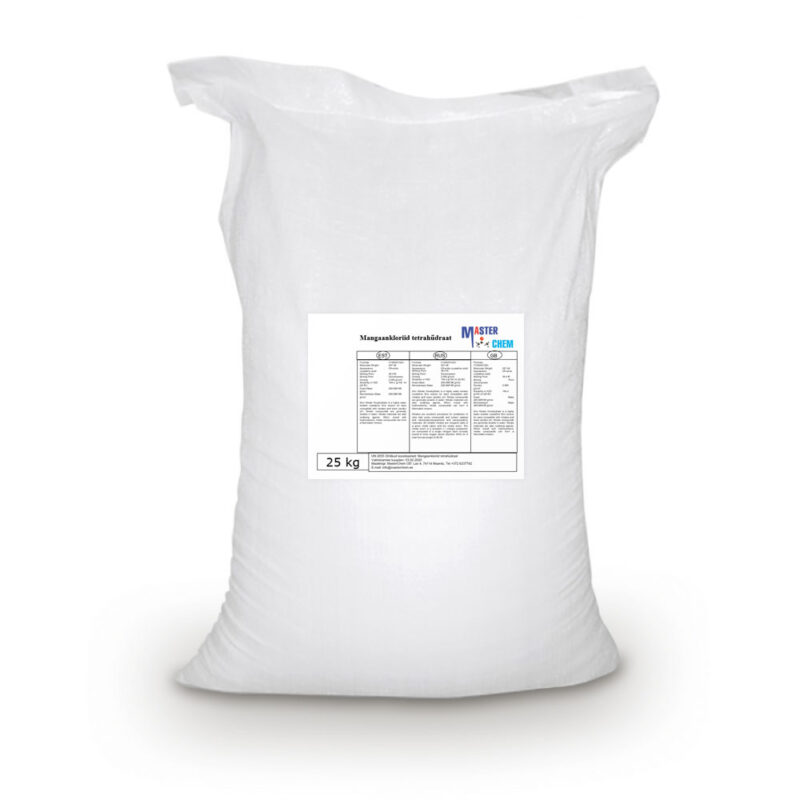
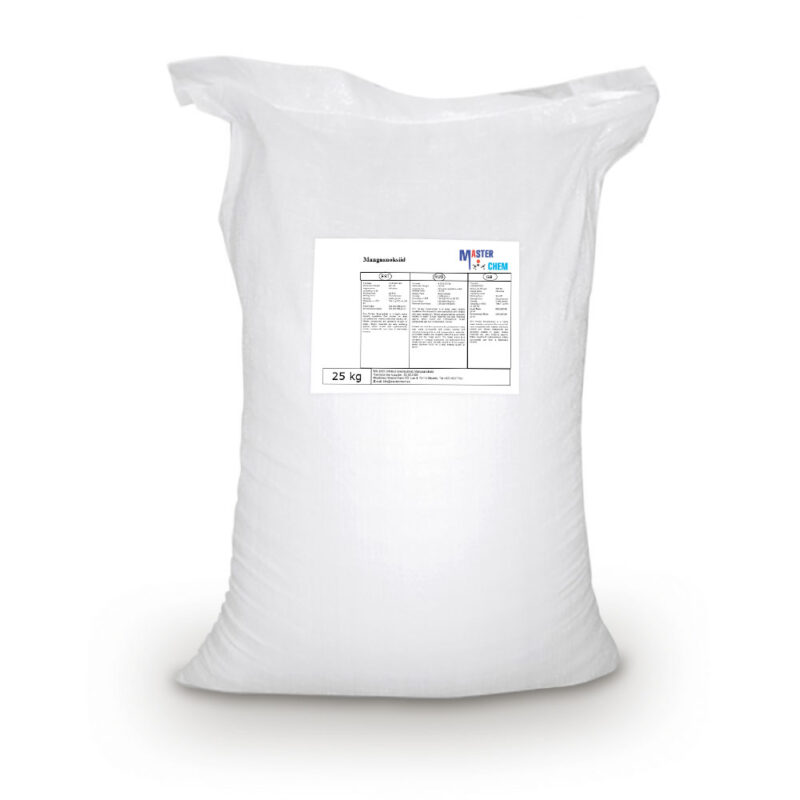
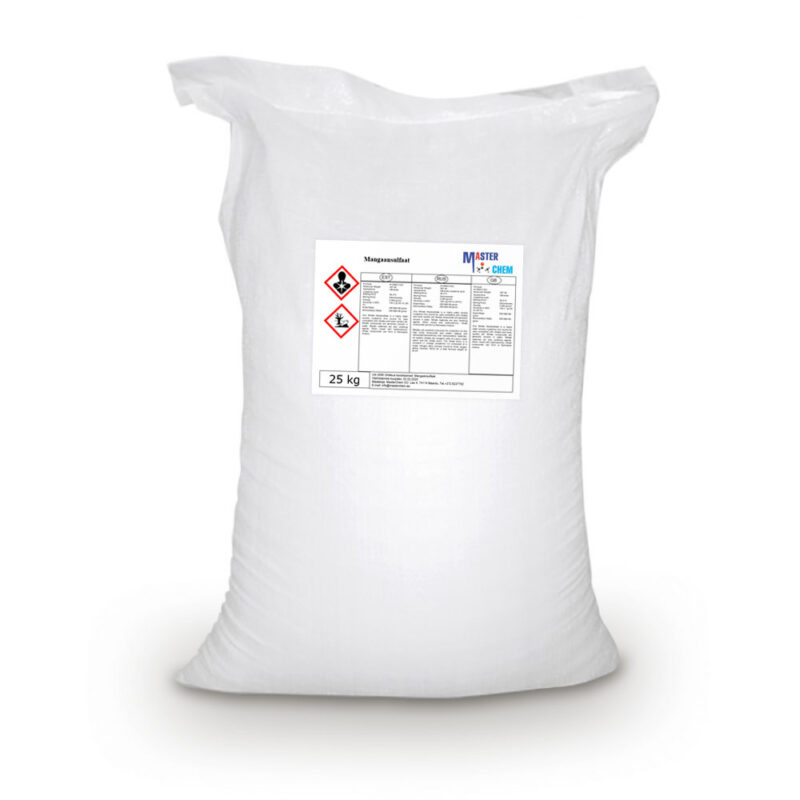
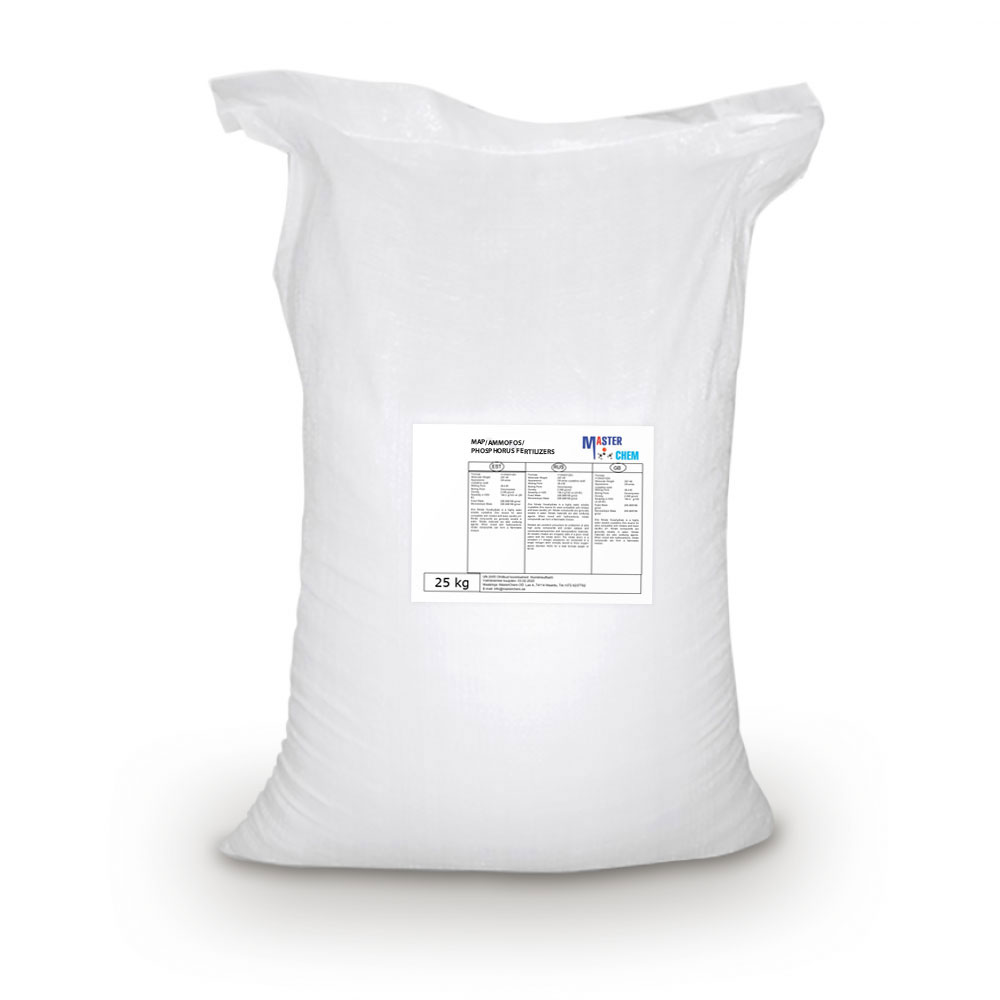
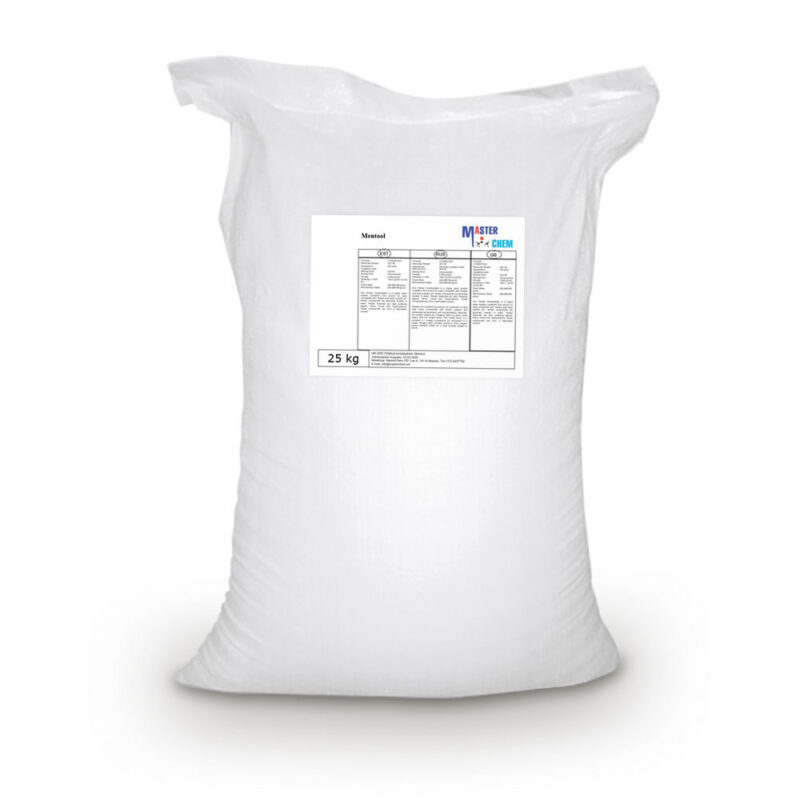
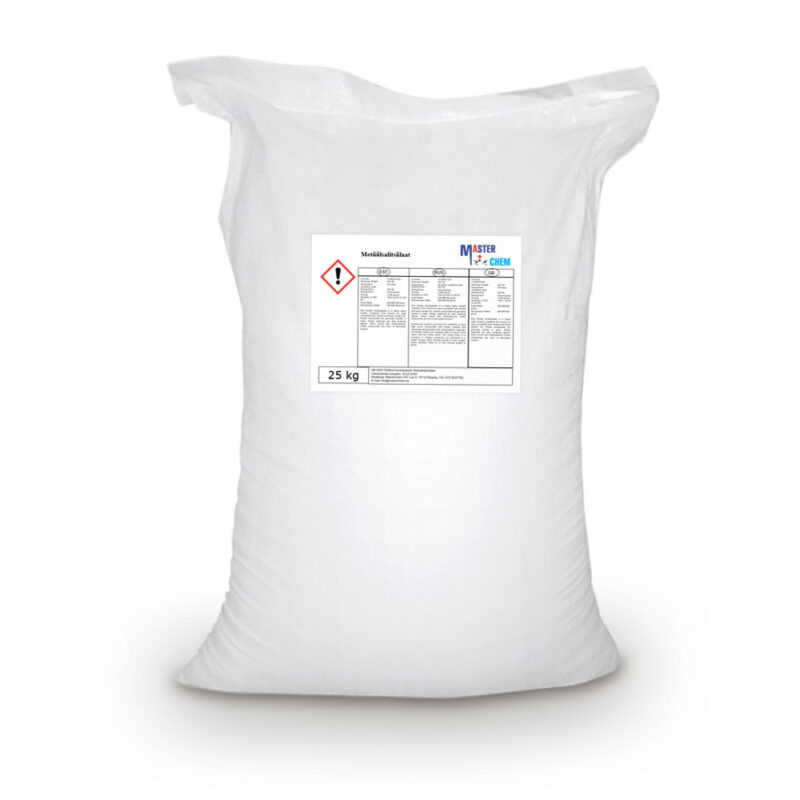
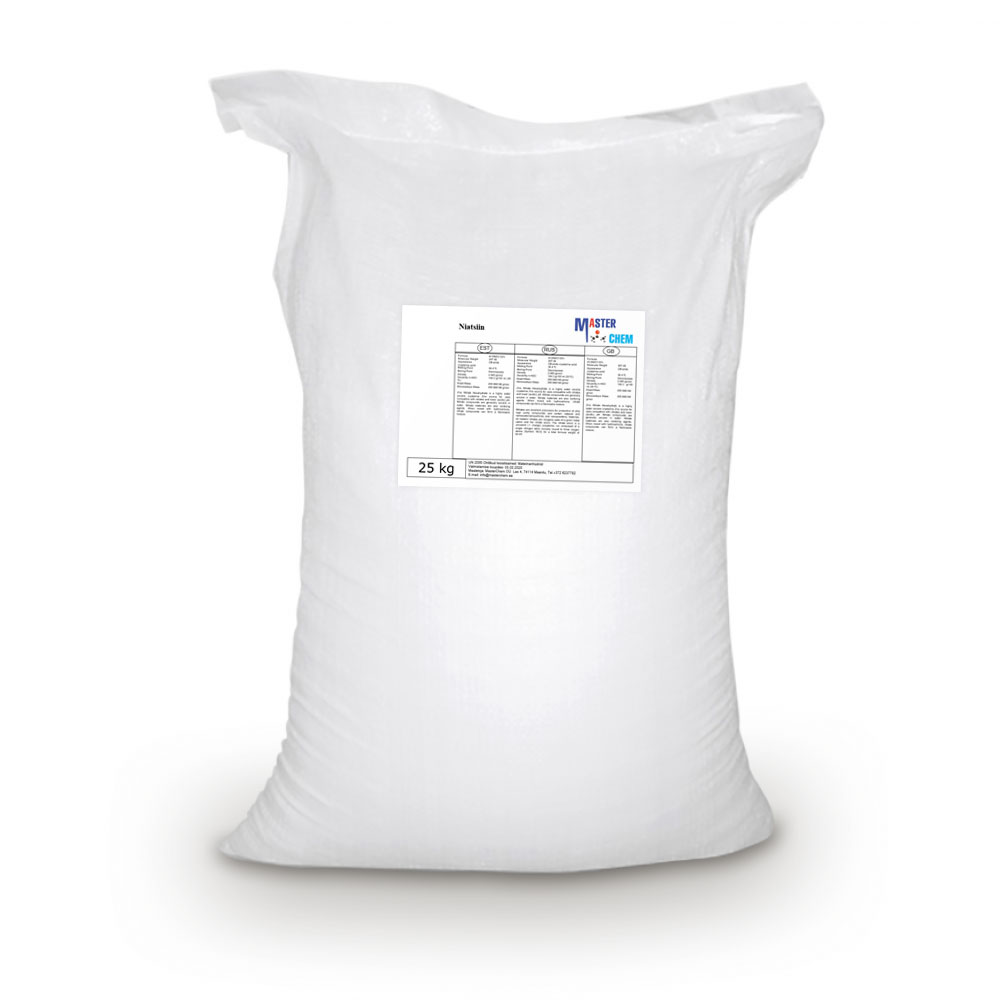
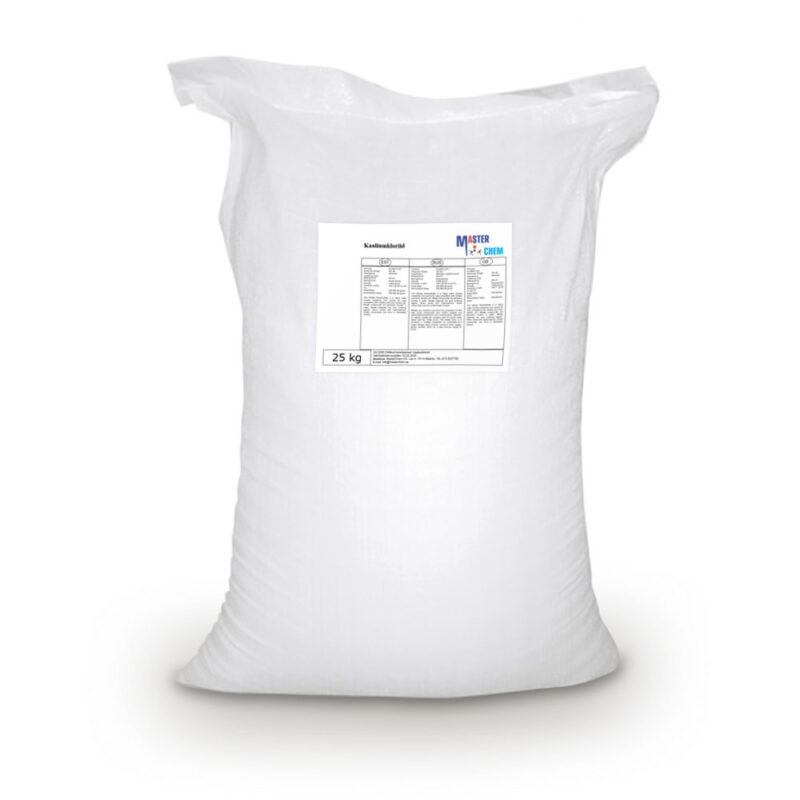
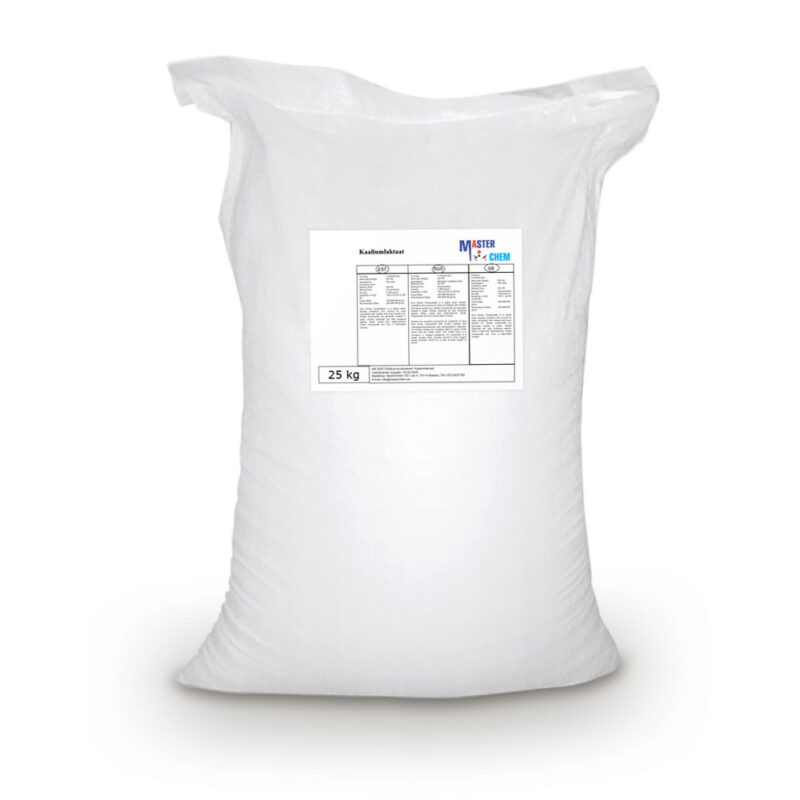
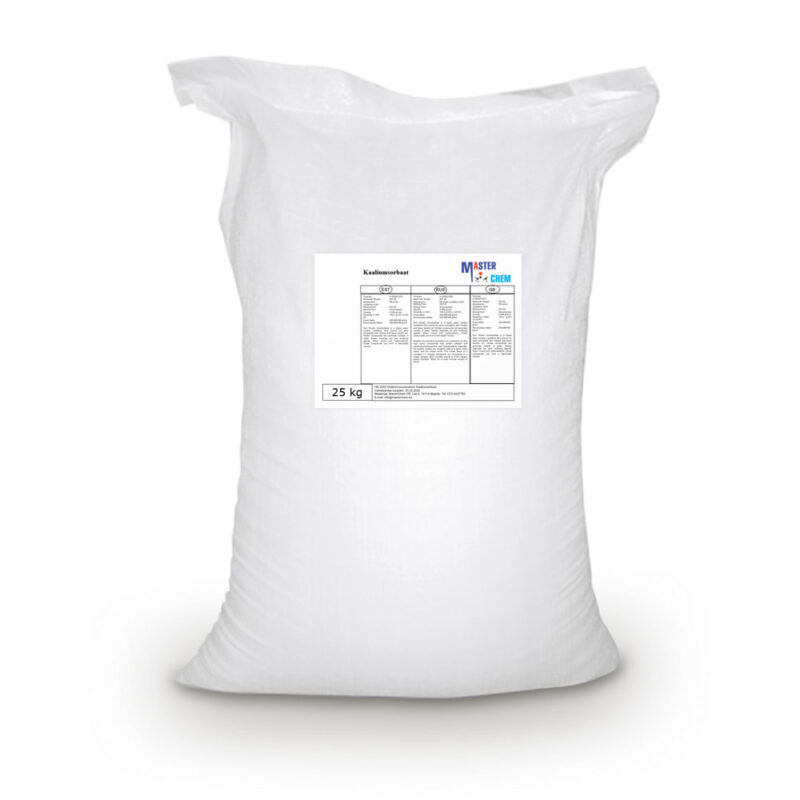
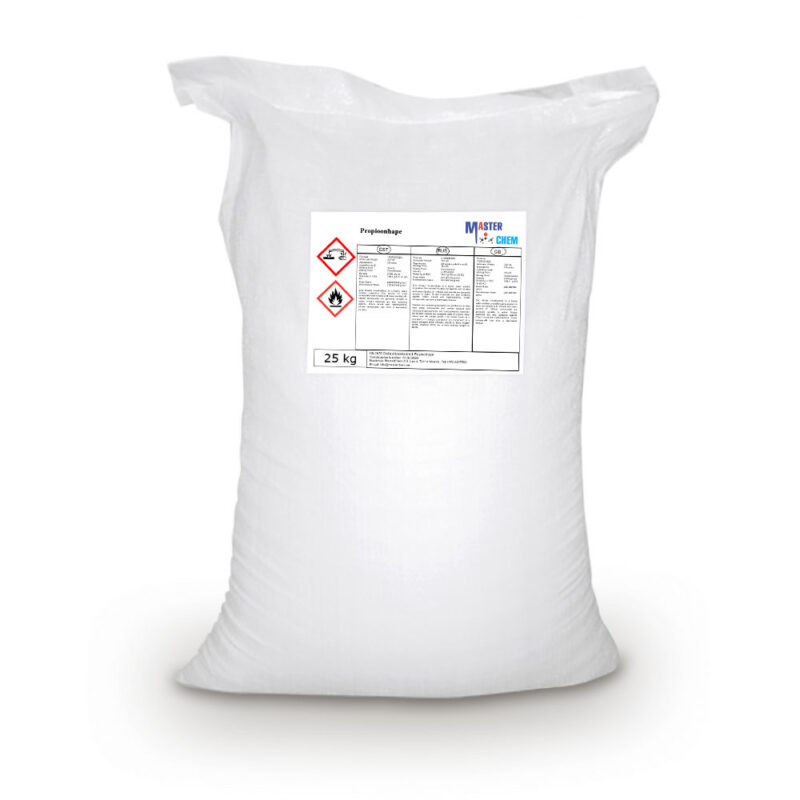

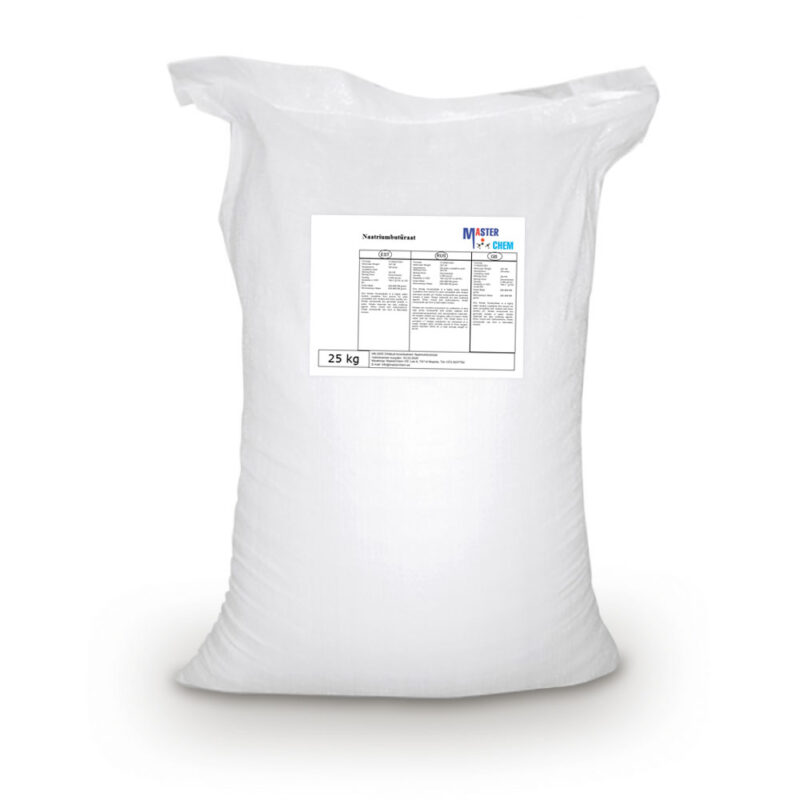
![Sodium chloride [rock salt] (CAS 7647-14-5) 25kg MasterChem](https://masterchem.fi/wp-content/uploads/2022/04/Naatriumkloriid-25kg-MasterChem-800x800.jpg)
![Sodium chloride [salt tablets] (CAS 7647-14-5) 25kg MasterChem](https://masterchem.fi/wp-content/uploads/2022/05/Naatriumkloriid-25kg-MasterChem-800x800.jpg)
